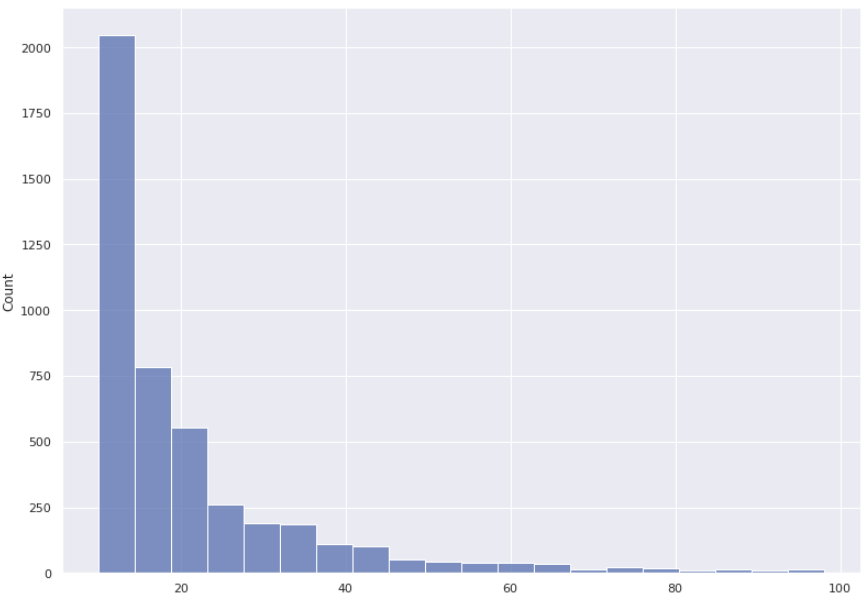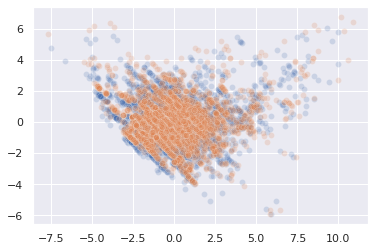Tackling Imbalanced Regression with SMOGN
Initial Results with Synthetic Minority Over-Sampling Technique for Regression
Imbalanced data is ubiquitous in practice and both research and high quality open source software exist for dealing with Imbalanced Classification tasks. Generally speaking, the main approaches are under-sampling observations from classes that are observed frequently or over-sampling observations from rare classes to achieve a balanced distribution of labels. This can be done in naive ways (sampling with replacement) or in more sophisticated ways, e.g. by creating synthetic observations based on real observations with interpolations or added noise.
When working on a Regression problem with highly skewed target variable distribution, I’ve found it much more difficult to come up with useful approaches vs. Classification. After some research, I have settled on three options to test individually and in combination:
- LogTransform of the Target Variable
- Synthetic Minority Over-Sampling Technique for Regression - SMOGN
- Deep Imbalanced Regression - DIR
LogTransform is in my standard toolbox and helped to boost performance as expected. But the imbalance/distribution was still skewed and far from normally distributed and thus predictions still centered in the range of most frequent observations. My Ridge, Gradient Boosting and FC-DNN models would completely ignore a significant range of (rare) target values in their predictions. Problem not solved!
Preprocessing the data with SMOGN took around 10 minuts and (applied in combination with LogTransform) lead to a slightly worse MAPE performance, but a much better coverage of the entire target value range. SMOGN provides roughly three stages of customization for the re-sampling process. I’d characterize these as automated, automated within bounds and manual. So far I’ve tested the automated preprocessing and while I’m satisfied with the result, the new distribution is multimodal and still not ideal for training. But I’m optimistic that adding bounds or going for fully manual configuration of the re-sampling should lead to further improvements. Problem still not solved, but a step in the right direction.
| Before | After |
|---|---|
 |
 |
On my dataset, the total number of observations was reduced by ~20% after SMOGN upsampled rare observations with noise and downsampled the frequent ones. Having taken care of all other preprocessing (missing data, numeric representations etc.), the number of columns was not affected. Missing values would have resulted in dropped columns. Lastly, I’ve compared a 2D PCA-plot of the original preprocessed dataset and the same dataset after additional re-sampling with SMOGN and found the scatterplots to overlap very well.

So far, I’ve not tried to apply DIR, as it seems a bit less straightforward, consisting of label smoothing and feature smoothing as separate steps. Also the examples include integration into the PyTorch model and training loop. So this might not be applicable to the Ridge and Gradient Boosting models I keep running for comparison, but a learning resampling instead of static one-off preprocessing, could yield even better results.